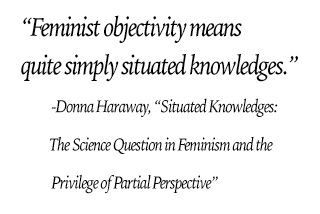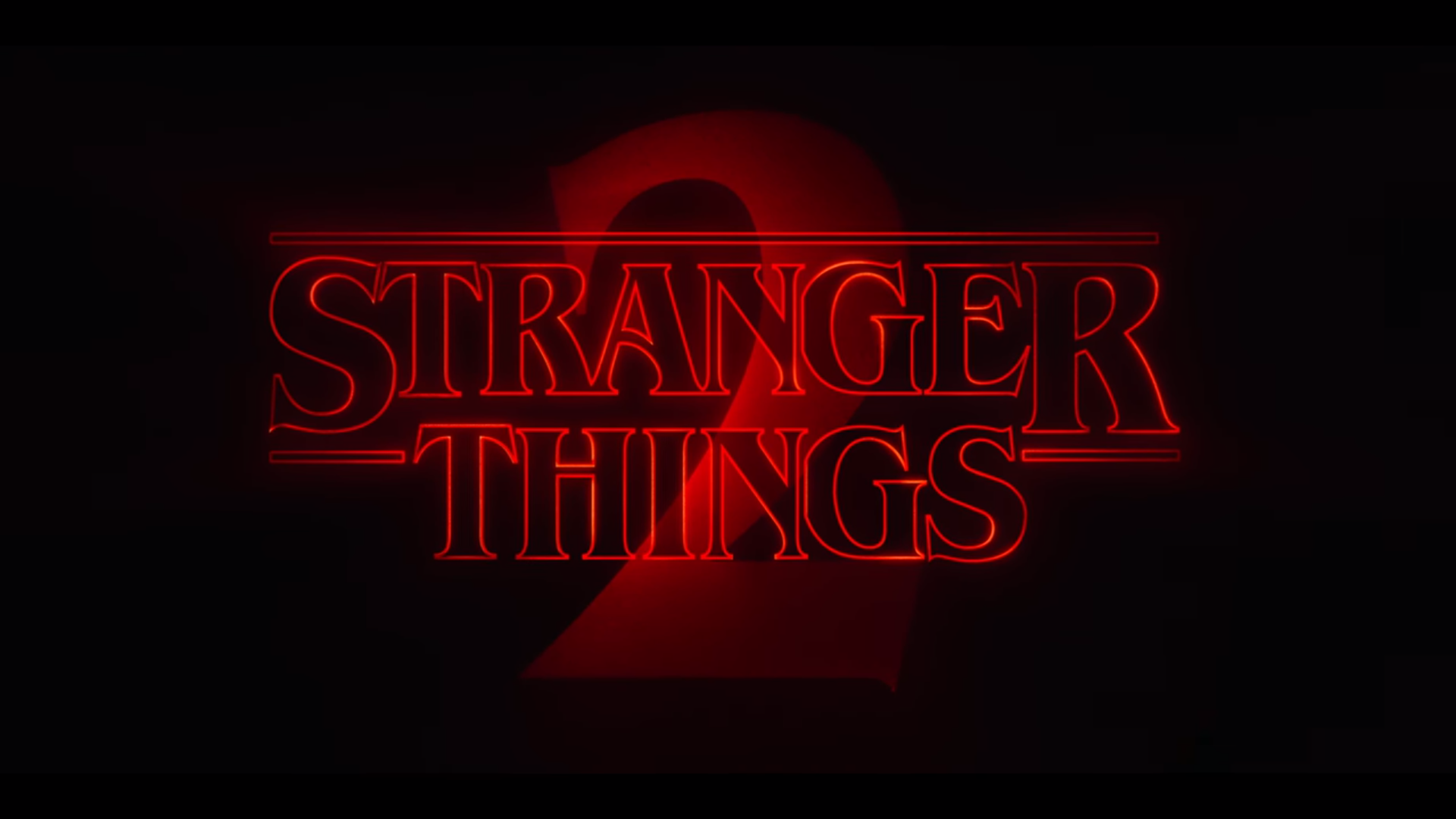In response to a 2014 essay in First Person Scholar by Miguel Penabella, Jim Gee said, “For me, what makes a video game good is a loving marriage between game mechanics and content,” a simple statement that feels like a summary of much of the ludic theory we work with every day. In games studies, we talk about systems, from Janet Murray’s procedures to Ian Bogost’s procedural rhetoric, to magic circles of a half-dozen definitions, all defining game spaces. We debate story; we draw lines around definitions of games. Yet I see Gee’s marriage metaphor not as a dyad, a two-pronged relationship, but as a triad: game mechanics/systems, content, and players. (We could add creators as another layer, and perhaps should; our own Alex Layne has made a strong case for that with procedural ethics.)
 So much of the theory we discuss shifts, slips, and changes when we introduce players into a game or game space. As we discussed on last week’s podcast, players have a wide variation of approaches to the same space; some are poring over text and rifling through largely unused spaces, admiring the decor and examining objects, while others are zipping from objective to objective — and even that objective can vary from player to player. Some games reward meandering, through playthroughs with changes, extra bonuses, like Life Is Strange, in which clues to interactions were hidden so that only the nosiest players, willing to go through dorm rooms and homes, would find them. Other games offer up content, side areas, whole regions, that perhaps were meant to be used but never really were, content graveyards that are interesting but nevertheless not particularly important. Perhaps special items will be hidden in these side areas; perhaps there’s nothing but distraction. Perhaps a speedrunner will never see any of this at all, instead hunting for glitches, shortcuts, jagged, broken paths that in the right hands become smooth, efficient.
So much of the theory we discuss shifts, slips, and changes when we introduce players into a game or game space. As we discussed on last week’s podcast, players have a wide variation of approaches to the same space; some are poring over text and rifling through largely unused spaces, admiring the decor and examining objects, while others are zipping from objective to objective — and even that objective can vary from player to player. Some games reward meandering, through playthroughs with changes, extra bonuses, like Life Is Strange, in which clues to interactions were hidden so that only the nosiest players, willing to go through dorm rooms and homes, would find them. Other games offer up content, side areas, whole regions, that perhaps were meant to be used but never really were, content graveyards that are interesting but nevertheless not particularly important. Perhaps special items will be hidden in these side areas; perhaps there’s nothing but distraction. Perhaps a speedrunner will never see any of this at all, instead hunting for glitches, shortcuts, jagged, broken paths that in the right hands become smooth, efficient.
Is the 150-hour play of Skyrim the same as the 60-hour play? Is the 20-minute speedrun of Ocarina of Time the same as a longer, thorough run? Whole subsystems may not be seen or discovered in the first example; the systems are broken, exploited, subverted in the second. Can the same theories apply in the same way? Can we talk about procedural rhetoric, for instance, in the same way when we are discussing the speedrun? The player is operating in a wholly different space, with different goals, though the end is the same: to finish, to be complete. But just what is completed varies wildly. The possibility spaces shift sideways.
But these are the easy questions; we are still talking about systems, and how they appear, and how they are used, broken, manipulated. This is all code, just utilized in different ways, in different hands. With the introduction of the player, however, comes something else, something less quantifiable: emotion. Connection. Association. These more complicated, messy factors may help determine who wanders and who moves with objective-related purpose, but may determine a host of other reactions, too. Brad Bushman at the Ohio State University’s research on games and violence, games and sexism, etc., demonstrates some of this more complicated nature of games, not necessarily just in the results of his research, but in the difficulties he has talked of facing in conducting the research at all. Controlling factors can be difficult; the number of outside factors that must be measured, too, complicated matters. In classes, we often have these discussions, too, when reading studies; we read the by-gender breakdown and ask, but what about their backgrounds? Race and ethnicity? Their experience playing games? Their histories, their skill levels, the other media they consume? Sometimes the studies include this information. Sometimes they don’t.
How can we think that ten people will all react the same way to an in-game depiction of violence? Of sexual assault? Of murder? Crime, violence, and war are the staples of so many games, particularly shooters, the genre that continues to dominate video game charts; some players question who is doing the shooting, and why, and for what, and others don’t. There is difference, based on the player, who may then play differently. Who may then experience the systems differently. Who emerges from the gamespace perhaps having solved different problems, some not just procedural, but ethical, having decided on a satisfying cost-benefit explanation of mowing down all those game-tagged enemies. For some, it’s more than press-trigger-fire-bullet; for others, it is just that.
 I’m not alone in this, I think; Steve Wilcox, for one, has drawn on Donna Haraway’s notion of situated knowledges here to write about context, which also leads us back to the push for feminist games studies Bianca Batti and I have been writing about. We might call these gameplay approaches situated experiences: experiences in context, nodes in an entangled web unique to player/mechanics/narrative. Unique to each triad.
I’m not alone in this, I think; Steve Wilcox, for one, has drawn on Donna Haraway’s notion of situated knowledges here to write about context, which also leads us back to the push for feminist games studies Bianca Batti and I have been writing about. We might call these gameplay approaches situated experiences: experiences in context, nodes in an entangled web unique to player/mechanics/narrative. Unique to each triad.
This at once makes games more difficult to study but also warmer, richer, more necessary and vibrant, even more separated from other forms of media because while we may look at experiences and contexts with books, films, shows similarly, they lack the embodiment that comes with entering a gamespace, which should mean, I think, that studying games divorced from the context of bodies is a mere scratch along the surface. A study of only the first page, not the rich content that follows.




